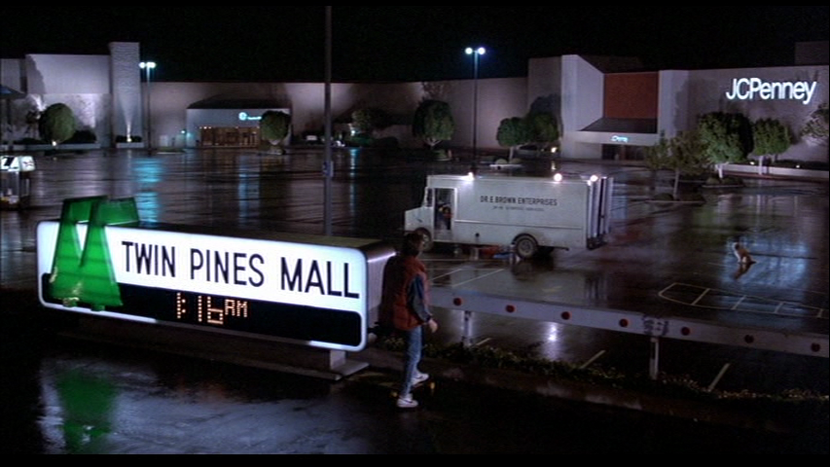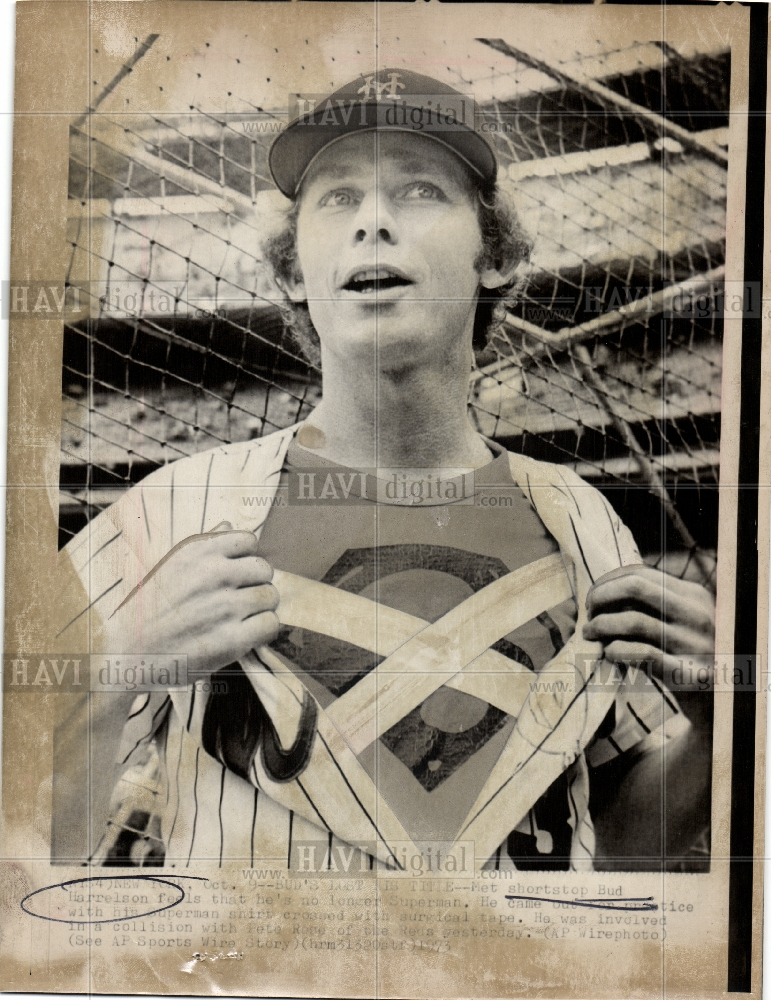The Most Important Day In History
Today marks the 27th Anniversary of the most important day in history, that is the day TIME TRAVEL was invented. In the parking lot of Twin Pines Mall [or Lone Pine Mall] Doc Brown's dog Einstein became the world's first time traveler. Or so the history books say.
 |
| Time Travel Panel from the Delorean Time Machine |
 |
| Twin Pines Mall - Before Marty Goes Back to 1955 |
 |
| Marty Arriving Back From The Past At Lone Pine Mall (Because He Killed a Pine Tree Back in 1955) |
Back To The Future is one of my all time favorite movies and all time favorite movie franchises. It was expertly done and the sequels were as good or perhaps even better then the original.
The premise of Time Travel is a well worn theme in literature and movies. Just thinking about it for a second I can come up with about a half a dozen different reference to time travel, such as:
HG Wells
Back To Future
Star Trek
Logans Run [The TV Series]
Journeyman (NBC)
Quantum Leap
Pern (Dragonrider) Novels
Time Tunnel
Peggy Sue Got Married
Somewhere In Time
Kate & Leopold
In Back To The Future time travel is made possible by by a device known as "The Flux Capacitor" Ooooooooooo........
As most of us know, this particular time machine was built into a gull wing car of the 80's the iconic Delorean !
Once the time circuits were turned on, a speed of 88 mph in the Delorean would activate a nuclear reaction which would generate the 1.21 Giga Watts of power into the Flux Capacitor causing a jump in time for the occupants of the time machine. I will say that it is 1.21 Giga Watts, not Jigga Watts. The movie got it wrong.
At some future time [yuk, yuk ...] I will go into great detail about the Back To The Future movies. However, for now I would just like to discuss the implications of time travel on a limited or wholesale basis.
Much of the books and movies are the same with regard to time travel. A time machine is built, someone or a group of people goes back in time. They try to prevent something from happening or perhaps they accidentally alter future events by there mere presence in the past. The later is the formula for Back To The Future.
We also need to deal with "The Space Time Continuum". Events of the future are a direct and indirect result of an accumulation of all events in the past. We are currently on one thread of time because of the accumulation of all events that have happened before this exact moment in time. Change even one small event and the entire future of said time traveler can be altered dramatically.
In Star Trek the original series (Star Trek TOS) episode "City On The Edge Of Forever", McCoy accidentally goes back into time and saves the life of Edith Keeler a missions worker, from being hit by a car in the 1930's. Because of this one alteration of the time line, She is allowed to lead a pre-World War II pacifist movement that delays the US entry into WWII, and thus Germany Wins the war and 25th century USS Enterprise ceases to exist.
How many of us wish we could go back to some place in our lives and do something dramatically or even slightly different. In the movie Mr Destiny, Jim Belushi's wishes that as a high schooler he didn't strike out in a critical high school baseball game. In a "It a Wonderful Life-esque" moment, he gets this wish and sees his life on that different time line. He gets the girl, he get the job, he gets the money. While things on the surface appear to be perfect, that quickly unravels to a point where he is framed for a murder that he didn't commit and everything that he cherished and loved in his former life goes sour.
Lastly in our examination of time travel is the concept that sometime the things we are trying to prevent, are actually caused by the act of trying to prevent them. Many of us know the classic 1970's movie Logan's Run. Did you know there was a short lived TV series (on CBS I believe) in 1977/78 ?
One of the best episodes I have ever seen dealing with Time Travel (Man Out of Time) comes from this short lived TV series. The plot is as follows: The present day world, a scientist (Dr Eakins) works on a time machine, in order to find out information that might prevent a nuclear war in his own time. He travels 100 years into the future to the time of Logan and Jessica. At the end of the episode it is found out (through a television monitor and tape machine sent from the past to Logan and Jessica), that the knowledge that time travel was possible, was the tipping point in starting World War III. World leaders thought that time travel could be used as a weapon and that this was too big a threat. [Theoretically, One could go to the past and kill all your enemies when they were infants]. So in the end time travel which was originally used to try to prevent a war, was the single most important factor in starting the war. Some food for thought.
So now you know that (using a sports reference), if only he made that catch (football), or if only he had walked (baseball) ... then the argument "we would have won when Joe Schmoe hit that home run...." isn't exactly true. As we have discovered in our journey today, the home run might not have happened because that alternate future (with the walk instead of an out) would have caused a different series of pitches from the pitcher and the results could have or would have been different. Don't mess with the space-time continuum.
What we are and where we are in our own lives is a result of the accumulation of all past events both of ours and others making. We can't change the past (and probably shouldn't), but we can shape the future from our present actions. You never know what the consequences of one act of kindness will be !
For me, I will just quietly celebrate the anniversary of Time Travel and anxiously await for 2015 [of Back To The Future II]. In just a little more than 2 years I can get a hover conversion for my car that I have always wanted, purchase my own Mr. Fusion, and buy a new Hoverboard from Mattel !






























